Description
-Ipamorelin selectively binds to the GHSR-1a receptor, leading to growth hormone (GH) release from the pituitary gland, and influencing anabolic processes.
-Ipamorelin is highlighted for its potential in female fat loss, increasing natural growth hormone production by up to 30%.
-Ipamorelin supports smooth recovery by aiding in the repair of damaged muscle fibers, promoting the growth of new ones, and facilitating quicker and more effective healing from wounds.
-Higher GH levels induced by Ipamorelin contribute to deep sleep, and its stimulation of natural GH production may delay the aging process.
-While there are no scientifically-proven safe dosages for Ipamorelin, user experiences suggest injecting 200mcg-300mcg up to 3 times a day for fitness goals.
The primary takeaway from ipamorelin intake is the increase in blood growth hormone (GH) levels. The other changes seen in the physique of the body are just results of elevated blood growth hormone (GH) levels.
Ipamorelin makes sure that your recovery phase is very smooth. It helps in the repair of damaged muscle fibers while also stimulating the growth of new ones effectively.
Ipamorelin causes quicker yet more effective healing from wounds and injuries as growth hormone (GH) reaches the damaged area and triggers the proliferation of new cells.
Ipamorelin Peptide, the powerhouse in the realm of growth hormone-releasing peptides (GHRPs), packs a punch with its unique molecular composition.
By mimicking ghrelin, ipamorelin selectively binds the same GHSR-1a receptor as GHRP-2, GHRP-6, and ibutamoren.
Ghrelin, is a naturally produced hormone, by the enteroendocrine cells of the gastrointestinal tract, mainly the stomach. It binds to the growth hormone secretagogue receptor (GHS-R1a).

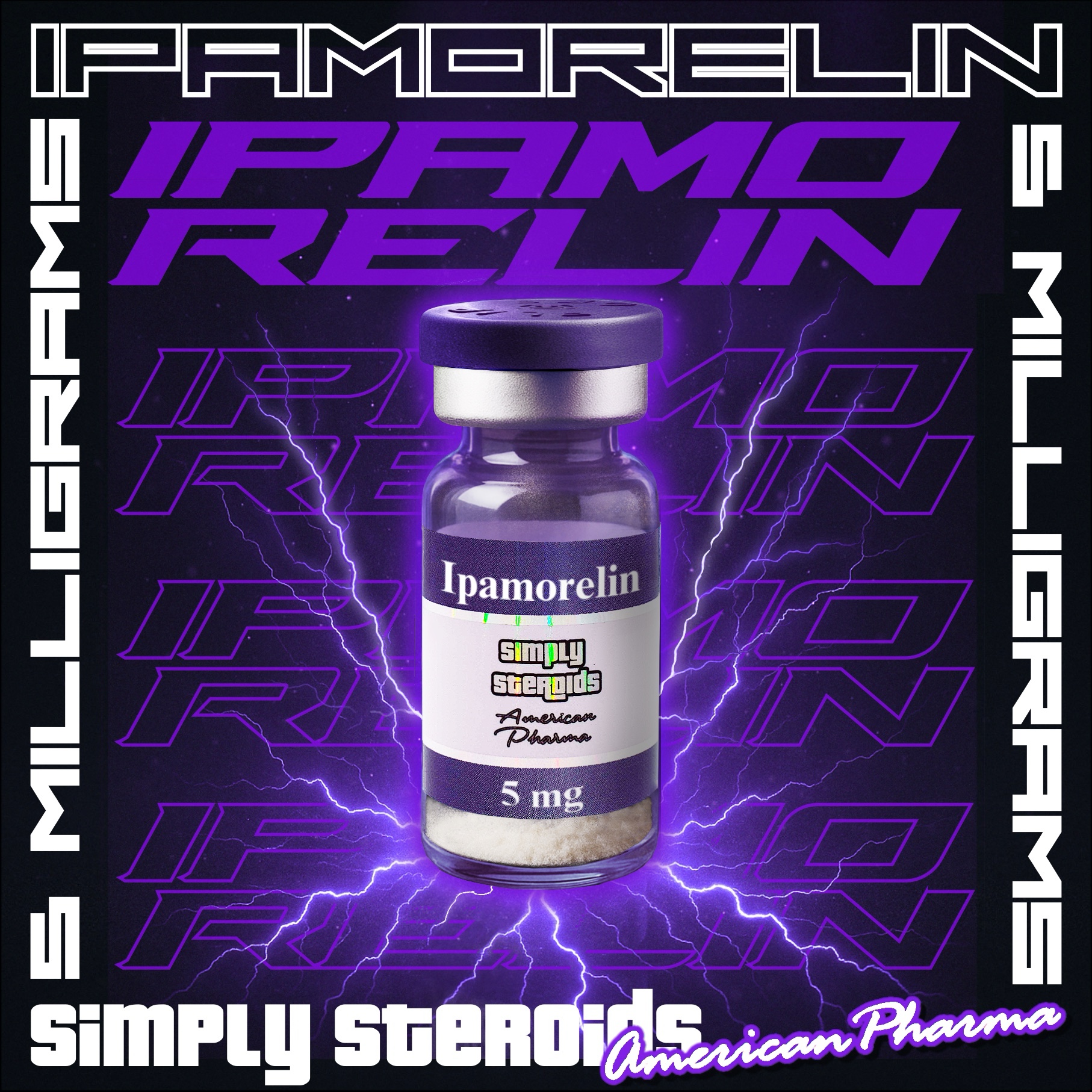
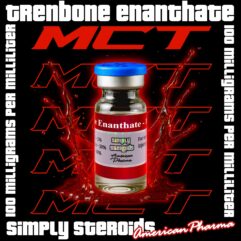
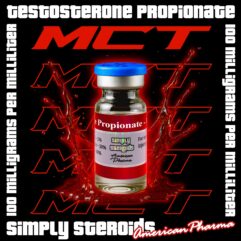
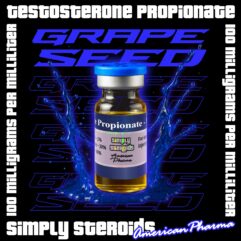
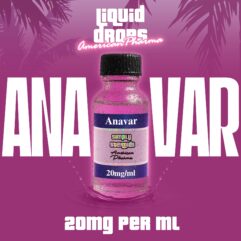
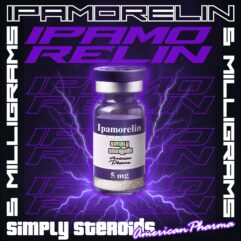
Reviews
There are no reviews yet.